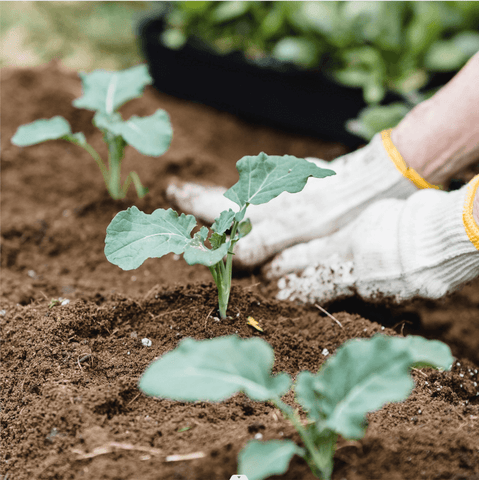Planting in pots and containers can inject some color into the garden. However, do you find that after a while your pan starts to become a mess? Will the plants become brittle and wilt? Are you throwing your fist at the sky when you want a low-maintenance, high-impact gardening idea? In this article, Savana will show you how to growing them in containers.

For the uninitiated, growing in pots is a fantastic way to enter the world of gardening. Time and time again, however, we see new gardeners fill their pots with a mix of annuals (plants that survive a season before dying) and hanging plants (ivy and hibiscus are classics). The classic combination is hibiscus, petunia, purple lily, lavender and begonia, which are quickly put into pots that are watered for a week or two and then left. The problem is, we often end up packing many, many more plants in a single container than we need. This is because when you first plant it, it looks too empty. The next problem is that as they grow rapidly, they need more and more attention. Watering, feeding and decapitation have become almost daily tasks!
Why do plants always die in pots?
Inevitably, people forget or other things take the place of the pot, like late nights at the office or caring for family. Then one day you realize you have a bunch of gray or crunchy dead plants and say to yourself, "gardening isn't for me".
stop there! It works for you, you just need to find the right plants to start gardening. Gardening is a great activity not only for the environment but also for your mental health. This guide will help you create a collection of garden pots that are not only attractive but also low maintenance. That means you don't need to set phone reminders to keep it alive!
How to create a low maintenance succulent container
Succulents are the terminator of the plant world, and they are true survivors with a sharp look. All they need is free-draining soil. If you can give them this, they'll give you a year-round show, welcoming you home with spiky petals waving every day. It's as if they're saying "Welcome home!" They're evergreens, which means when everyone's pots are dead, yours will still be going strong.
What you will need to plant succulents
- Multipurpose compost
- Perlite / Grit / Vermiculite / Gravel off your drive (this is for drainage)
- A container with drainage holes in the bottom
- Succulents – this guide uses Sempervivums (House Leeks)
- Trowel (or large dessert spoon)
- Paintbrush
- Watering can and water (or measuring jug)

How to Grow Succulents in the container
1. First you need to choose some succulents. In this example, we chose House Leeks or Sempervivums (if you want to speak Latin to me!). we chose them because they come in a range of colors and textures. They have a very unique look and I think are perfect for containers. Crying to be touched and checked, they make a great front door or statement receptacle.
2. Fill the pot with a mixture of 2/3 all-purpose compost and 1/3 perlite (or other gravel/gravel). This is to ensure that the ever-growing media is truly emission-free. Succulents hate wet butts. If their roots are submerged in water, they will rot and die. This is the only real need of succulents, so if we give them this now, it can save you from mourning the plants later.
3. Now is the time to arrange the succulents. Start in the middle, with one focal point. This helps to draw attention to the largest size Sempervivum and provides a more natural arrangement. It also means you don't hurt other people when you arrange them. When planted, succulents will be tender, and sometimes a little care now can help salvage the damage. If you do hurt them, don't worry most will survive, so don't beat yourself up.
4. Carefully backfill with compost. This is the key to their survival. You need to make sure they are well compacted with free-draining compost. This is to ensure they have a good base in the pan. If you don't secure them securely, the roots will be exposed, causing them to dry out or even sink when watered. You can push the media around them with a finger or two.
5. Another good tip is to use small paintbrushes, like the kind you use to paint. You can use this to pop dust or debris out of the house, which sometimes happens when planting.
6. Water thoroughly, making sure the roots are well soaked. You just transplanted them, so now they need watering to help them settle. We recommend giving them good water once a week for the first few weeks until they start to grow their own roots.
You should now be ready to show off your beautiful and charming succulent garden to the world. Sempervivums are evergreen, which means they will keep their color year-round, and they can survive almost all kinds of weather as long as they don't get hit by frost!

Caring for Succulents
Now, while this creation is very low maintenance, there are a few things you can do to ensure your succulent will survive and even thrive for many years to come.
- Feed your succulents every spring. You can use weak liquid feed or pellet feed. Be sure to read the instructions.
- Make sure they don't get water. Place it near a leaking gutter or known wet spot.
That's it for our super easy guide to injecting color and interest into your garden. Succulents are indeed a surefire way to help new gardeners gain plant confidence. We guarantee that once you've successfully completed these, you'll be looking for the next step in your gardening challenge.









